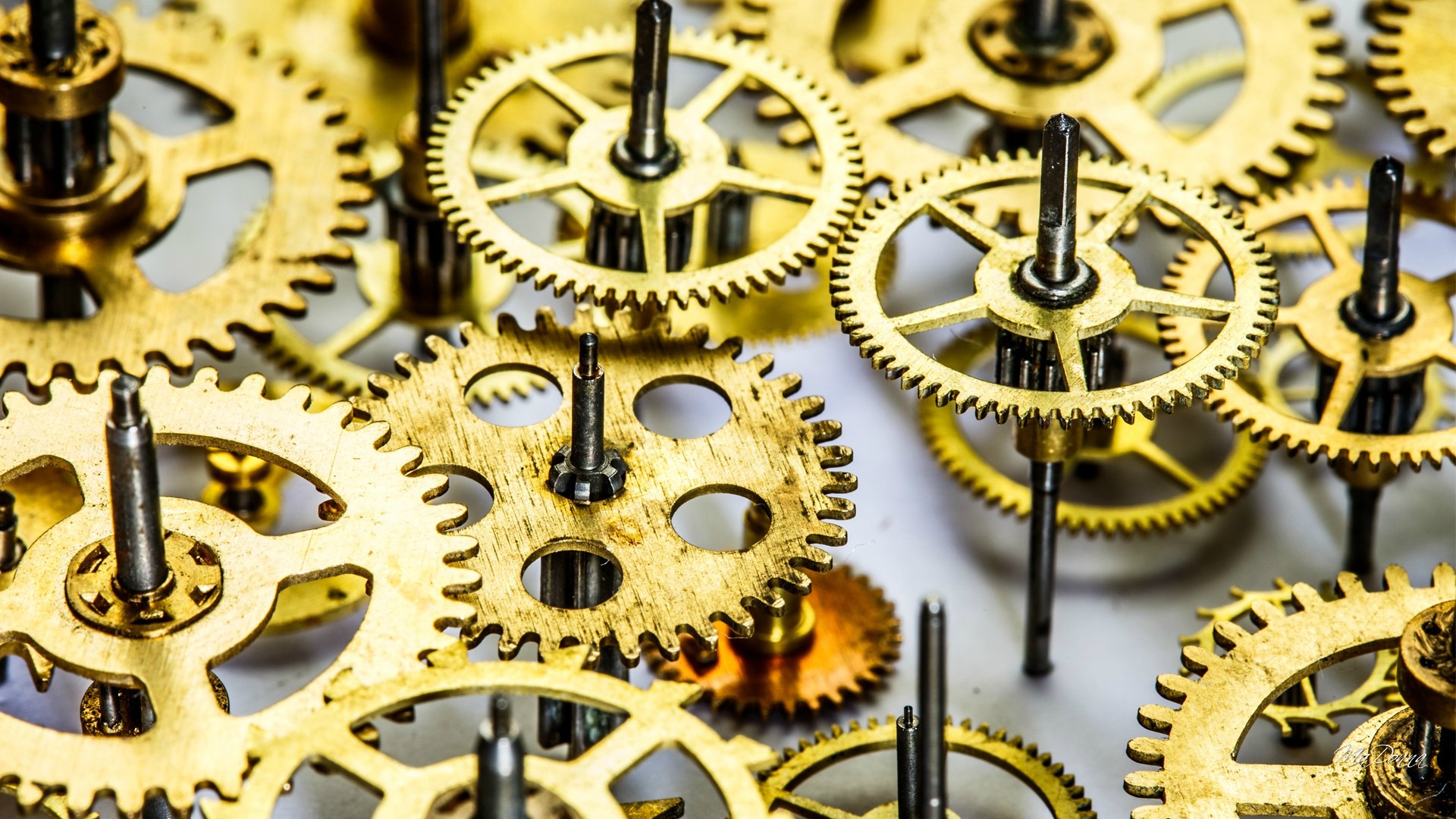
From prized carousel rings to shiny Sousaphones, brass is a storied substance with many contributions to material culture. This alloy of copper and zinc combined in 60 official formulas has a long history. The Chinese may have made it by accident in the 5th century BCE. They melted down zinc-rich copper ores and—presto—brass. More deliberately, the Greeks and Romans combined the two elements to form brass through a process that remained the industry standard through the late 19th century.
Since then, brass has gathered a bit of a bad rap. Its association with souvenir trinkets and its role as a cheaper substitute for gold has tarnished its reputation in some circles. And in terms of hair color alone, “brassy” is never a compliment.
Today, brass is enjoying a renaissance among designers and makers, celebrated once again for the desirable qualities it’s offered all along: strength, workability, acoustic capacity, and lasting luster. Brass finds its way into many corners of our collection—from guitar picks to puzzles—where those inherent qualities are allowed to shine.
Strength, good looks, and a green thumb, too—brass is the ideal material for the framework of this elegant home grow house. It’s inspired by 19th-century terrariums but incorporates current technology: eight full-spectrum LED grow lights controlled by a touch-sensitive timer you set for your pampered plants’ needs. | Antiqued Brass Grow House
Beyond their golden colors, brass and honey have something surprising in common: both are bacteriostatic. For this reason, honey has a long shelf life, and brass is often used for bathroom fixtures. Nancy Nelson’s brass honeycomb heart celebrates the sweet, naturally preserved creations of honeybees. | Bee Love Necklace
Brass with a high copper content forms a protective oxide layer—more poetically called patina—on its surface that forms a barrier against further corrosion. Patina on pieces like this fishhook key ring also protects against the shock of that brand-new, super-brassy look. Instead, you get the nostalgic appeal of antique brass hardware without waiting for years of wear. | Fishhook Brass Keyring
From figurines to fancy hardware, brass has long been used to cast intricate forms drawn from nature. Ariana Ost’s garden markers represent familiar herbs not just by name, but by rendering the organic details of their leaves in shining brass. | Cast Herb Plant Markers
When it comes to desk accessories, you’re not likely to have gold ones unless you’re, say, Louis XVI of France. For less opulent, more modern desktop accouterments, brass is a great option. This bent-ash plywood container with a sliding, zig-zag top of bright brass makes a handsome catchall and pen holder. | Tulip Desktop Organizer
These epic guitar picks are handmade from vintage brass replicas of the Mayan calendar. You might recall that this ancient calendar supposedly predicted the end of the world in 2012—the math may have been misinterpreted, but the calendar is still metal in more ways than one. | Mayan Brass Guitar Picks
The midcentury Abstract Expressionist painters used huge sheets of canvas to create their game-changing paintings. Argentinian jewelry artist Fernanda Sibilia uses circles of brass, painted in lustrous layers with a formula of a paint binder for metals, indigo, and crimson pigments. The golden flecks are dripped over the brass with a technique that would’ve made Jackson Pollock proud. | Painted Desert Necklace
Brass has been used in coins for centuries, including contemporary euro cents made from “nordic gold,” an alloy in the brass family. This brass drinking coin won’t buy you anything in the euro zone, but it can help you decide between a Riesling and a Burgundy. Over time, it will tarnish (see “patina”), but you can shine it up with some ketchup. Yep—the salt and vinegar in ketchup combine with the copper oxide to form copper acetate which will restore the coin to near mint condition. | Drinking Decision Coin
After many years of sketching plants, jewelry maker Natalie Joy Miller’s botanical drawings and metalworking skills came together in her playful house plant mobiles. She uses brass for its workability and its purely decorative appeal—lightness, strength, and shine, all in one organic package. | House Plant Mobile
Brass lends itself to precise milling and is also a low-friction metal, making it the ideal material for Hunter Craighill’s puzzling piece. Composed of six solid brass bars, this cleverly designed puzzle forms a sleek, modern abstraction of a classic jack. The pieces slide together and hold their assembled shape as a sophisticated piece of modern desktop sculpture. | Brass Jack Puzzle

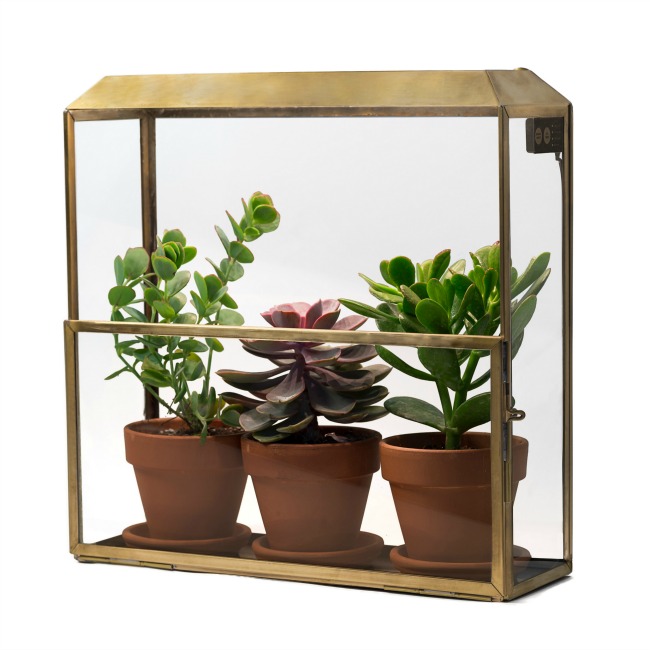
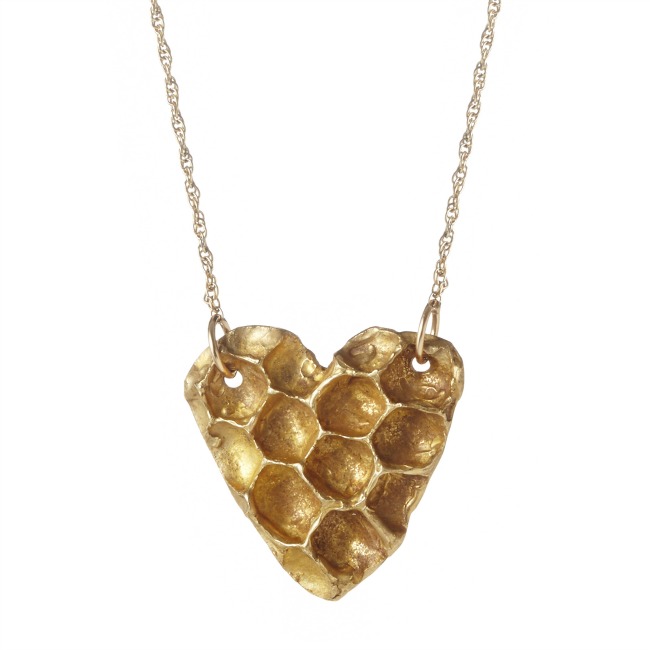
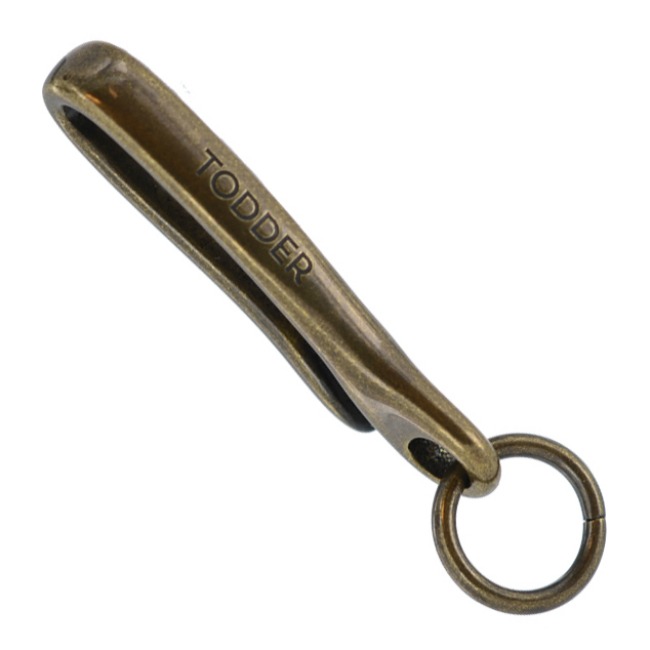
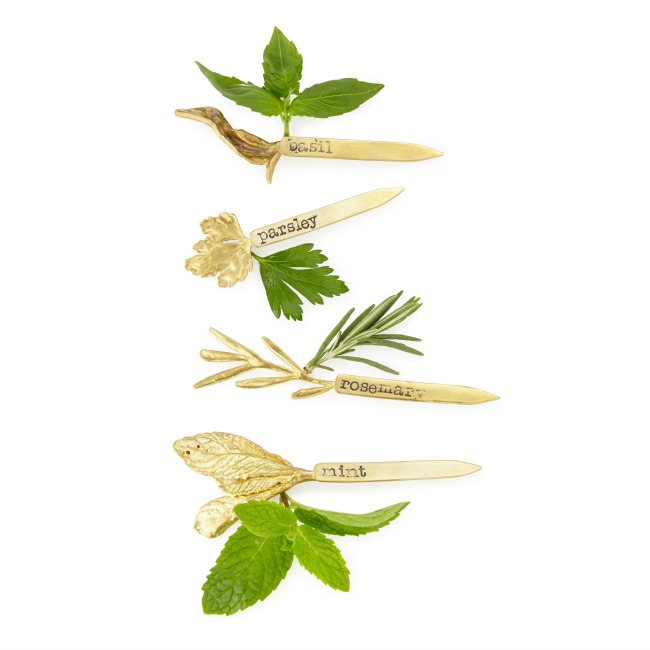
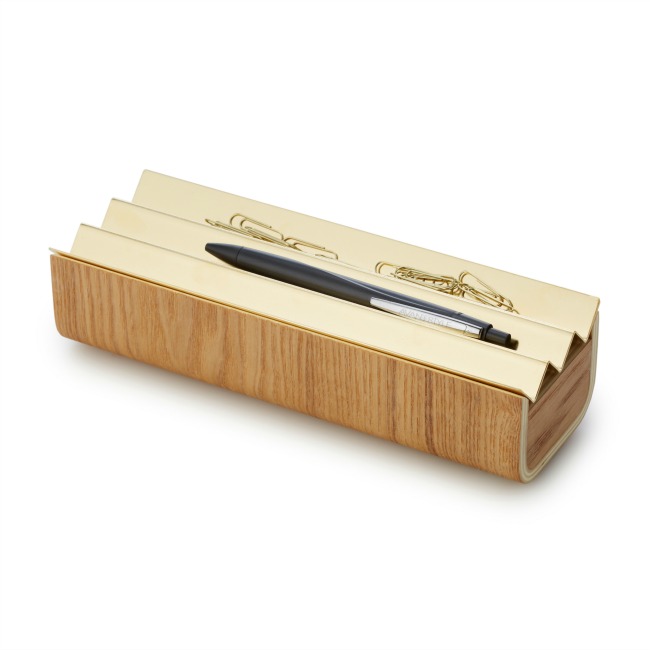
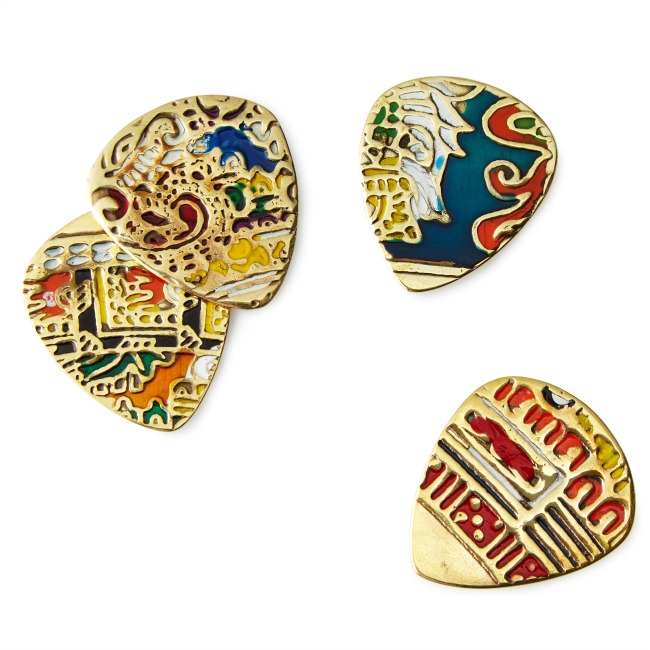
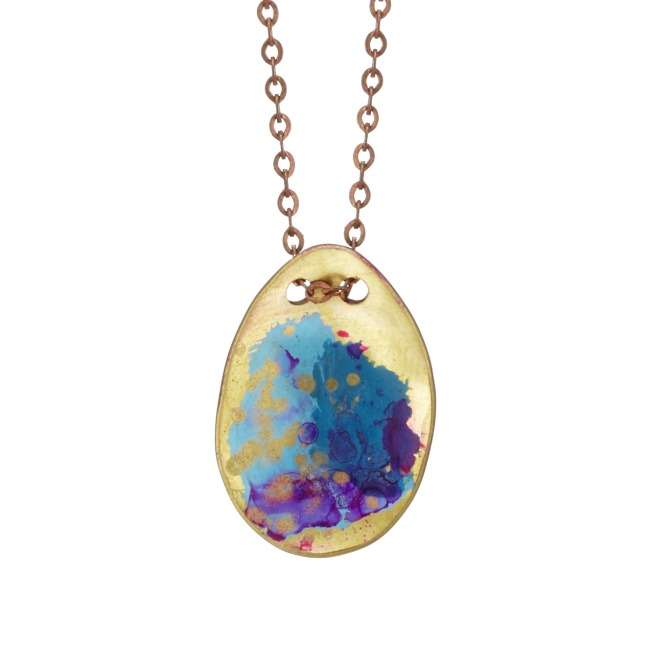
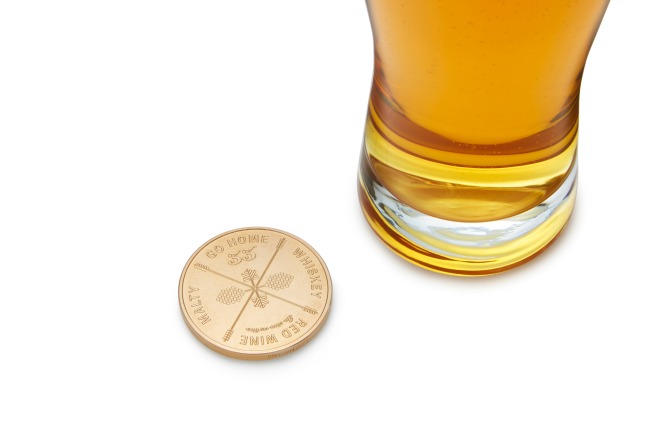
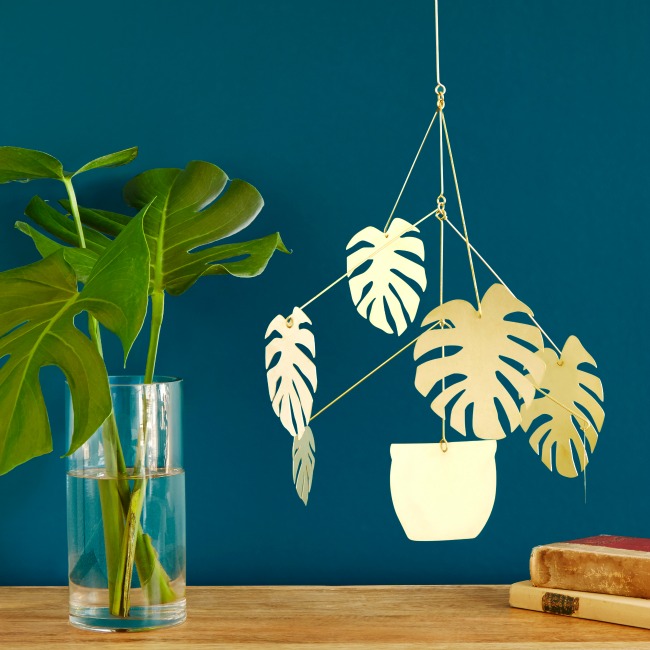
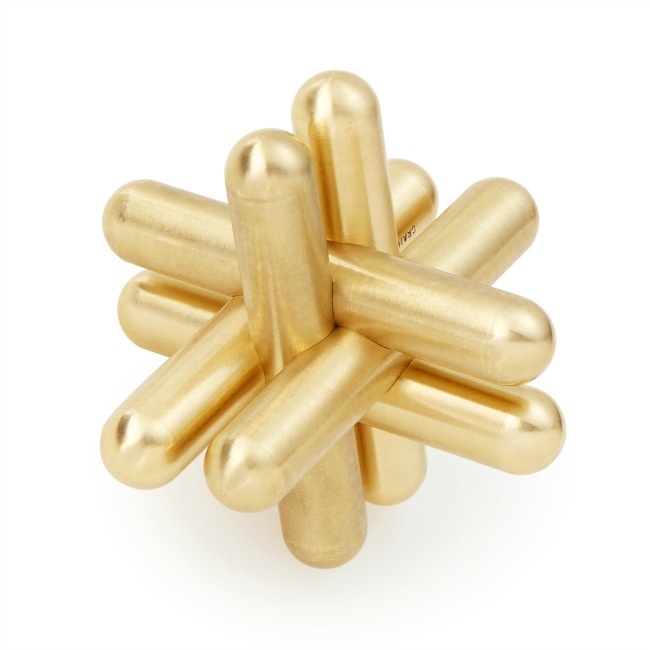

No Comments